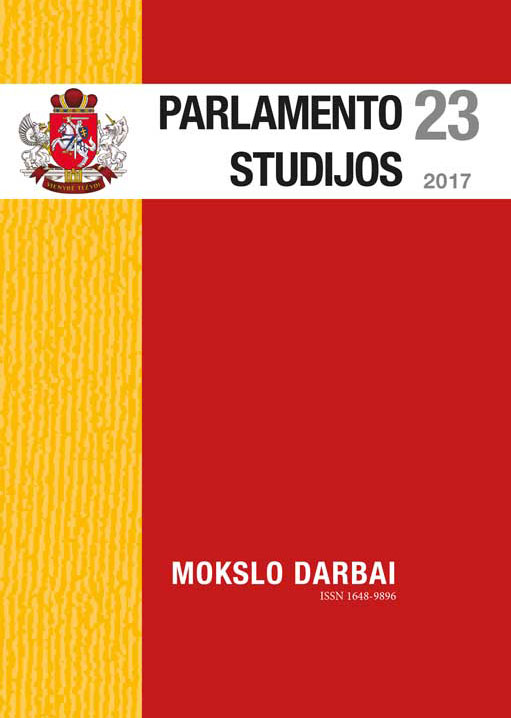Representation of the Council of Lithuania in Soviet Russia in 1918
DOI:
https://doi.org/10.51740/ps.vi23.75Keywords:
Council of Lithuania, representation, authorised representative, Soviet Russia, GermanyAbstract
The article addresses the problems relating to the specificity of appointment, competence and activities of the chief authorised representatives of the Council of Lithuania in Soviet Russia (Moscow and Petrograd). The research covers the period from 14 May 1918 to 11 November 1918, i.e. from the appointment of Česlovas Landsbergis to the position of the chief authorised representative of the Council of Lithuania “for the whole Russia“ in Moscow to the formation of the Lithuanian Provisional Government when Lithuania, which already had its own Government, could delegate its diplomatic representative abroad. The study reveals the actual mechanism of representation of the Council of Lithuania, Lithuania and Lithuanian citizens in the European part of Soviet Russia (up to the Urals) as part of the German diplomatic and consular service and shows the efforts to take over Lithuania’s diplomatic and consular representation from Germany. The first part of the article analyses the origins of representation of the Council of Lithuania; it reveals when and where the separation from Russia was declared, when the citizen of Lithuania originated and how the process of subordination of the Supreme Lithuanian Council in Russia to the Council of Lithuania took place. The second part investigates the context of appointment and activities of Česlovas Landsbergis, the chief authorised representative of the Council of Lithuania in Moscow, his competence and the assistance of representatives of Lithuanian institutions in Russia in the fulfilment of the functions entrusted to him. The third part analyses the changes of representation of the Council of Lithuania in Soviet Russia from 21 August 1918 through 11 November 1918 and reveals how the competence and jurisdiction of chief authorised representatives evolved.








 The metadata of the scholarly journals and publications of the Lithuanian National Martynas Mažvydas Library is distributed by
The metadata of the scholarly journals and publications of the Lithuanian National Martynas Mažvydas Library is distributed by 